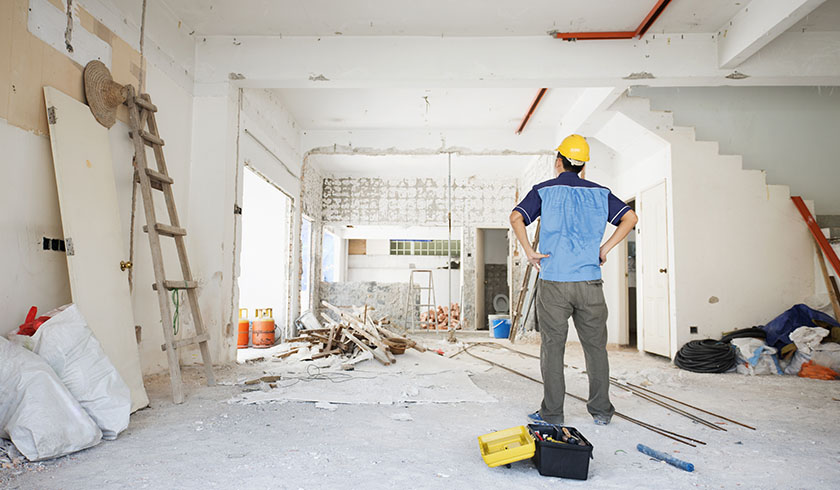The tax break many investors are missing out on
There is a significant tax deduction that may be sitting right under second-hand investment property investors’ noses, according to a new study.

The new analysis, conducted by BMT Tax Depreciation, has revealed that investors are missing out on lucrative tax breaks due to the misconception that significant depreciation deductions can no longer be claimed for second-hand properties.
BMT’s study, which evaluated more than 100,000 investment properties over three years, showed that two-thirds or 66 per cent of second-hand properties had undergone some form of addition or renovation.
This indicated that while investment property renovations are widespread, there are still property investors who are unaware that older investment properties still hold thousands of dollars worth of tax deductions in the form of depreciation.
BMT Tax Depreciation CEO Bradley Beer described the results as “significant”.
According to the expert, significant changes in property depreciation legislation in November 2017 have caused confusion to second-hand property investors as to what they could claim.
“In November 2017, the government changed the way investors claim depreciation for plant and equipment assets,” he explained.
“Specifically, depreciation on previously used plant and equipment assets can no longer be claimed.”
“This has resulted in many investors misunderstanding the changes and not claiming depreciation at all – missing out on what could be thousands of dollars back at tax time,” he said.
To help shed light on the matter, Mr Beer explained that capital works deductions available on the structure of a residential property built after 1987 remained unaffected by the change in legislation and represent 85 to 90 per cent of depreciation claims.
He also clarified that owners who renovate older investment properties could claim qualifying capital works deductions and depreciation on newly installed plant and equipment assets.
Offering an example to further dispel depreciation misconceptions, he said: “Say a property was built in 1980 and the new owner purchased it as an investment in 2021, then neither capital works nor plant and equipment depreciation deductions are available on the original structure.
“However, if it underwent any form of structural renovation since 1987, even by previous owners, then capital works deductions could be available – on top of any deductions related to newly added plant and equipment.”
According to him, there’s one crucial step to finding any type of addition and improvement to an investment property.
“Physical site inspections make up a key part of our [depreciation schedule] process, ensuring that every addition or renovation is identified and valued by a specialist. Including those that were done by a previous owner,” he stated.
He explained that some renovations and additions made by previous owners could be difficult to identify (as well as the extent of the works), so investors of older properties must not write-off depreciation straight away.
“Instead, contact a specialist who will find deductions on any renovations made and which will increase the annual cash return,” he concluded.
